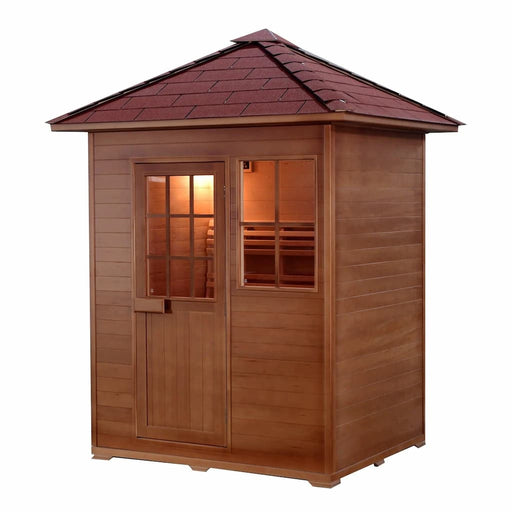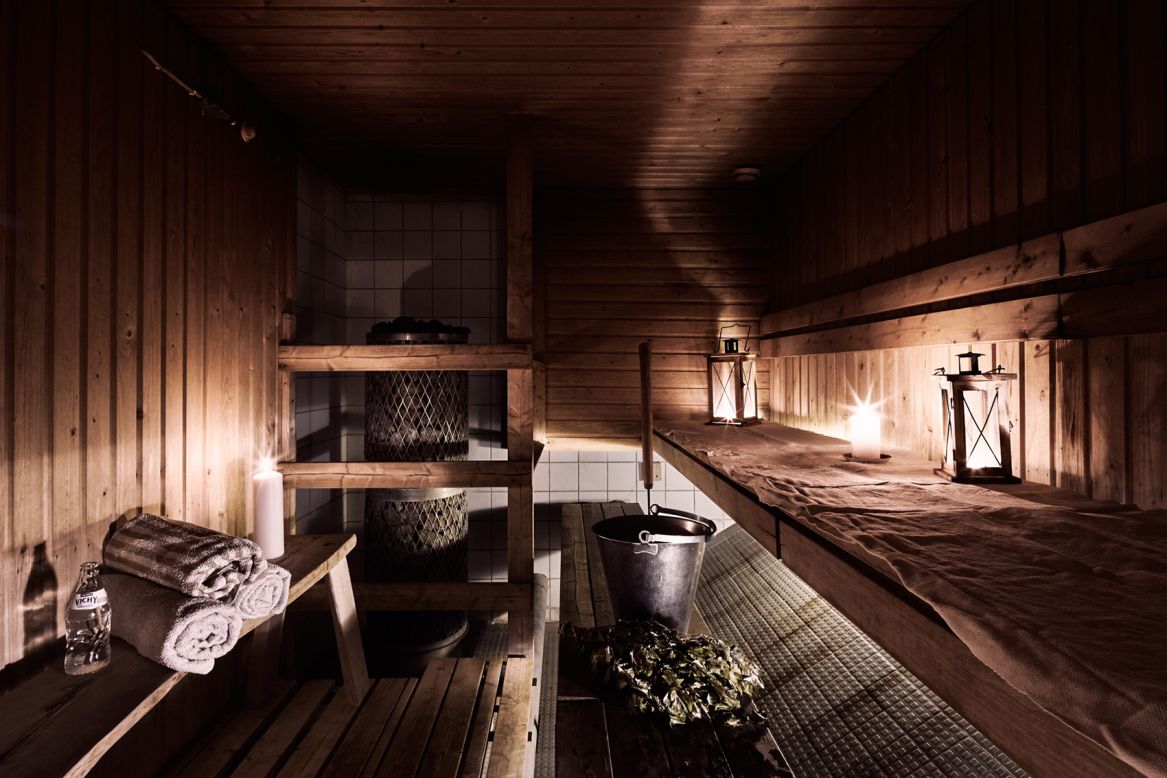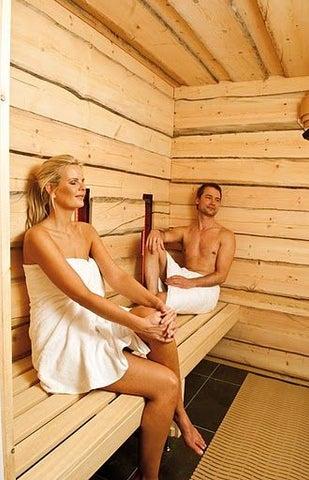The Ultimate Guide To Traditional Sauna
The Ultimate Guide To Traditional Sauna
Blog Article
The Buzz on Traditional Sauna
Table of ContentsThe Ultimate Guide To Traditional SaunaHow Traditional Sauna can Save You Time, Stress, and Money.What Does Traditional Sauna Mean?How Traditional Sauna can Save You Time, Stress, and Money.The Single Strategy To Use For Traditional Sauna
The majority of the weight shed in a sauna is water loss and is re-gained upon rehydrating. Nevertheless, undeniably sauna can be a vital part of a healthy weight reduction program. To look at the distinctions between conventional and IR saunas, I will separate these right into proven, theoretical, and made distinctions.Therefore, the hottest factor in the saunawhich is at the ceiling directly above the sauna heateris generally in between 185 and 190 F. Claims that a standard sauna exceeds 200 F is simply not real and not relevant for electrical saunas sold in the US. The temperature level for a far-infrared sauna is generally set in between 120 and 140 F; nonetheless, unlike the typical sauna, the objective in and IR area is not to achieve a heat.
Since of this, the temperature level distinction is almost pointless, since excessive sweating causes both sauna types, however the method of warming the body is various. In an IR sauna the bather will feel warm and will certainly sweat profusely, yet at much reduced temperature levels (Traditional Sauna). Therefore, if the objective is to spend longer amount of times in the sauna, the IR sauna is a great choice
When a typical sauna has actually been correctly warmed, the sauna wall surfaces are cozy, the air temperature has achieved set temperature level and the rocks are super heated. As an interesting side note, the warmed wall surfaces and the rocks are releasing far-infrared heat, combined with the warmed air, to create an "covering heat".
Some Known Incorrect Statements About Traditional Sauna

When the heat is achieved, the elements cycle on and off to preserve the high temperature. Many typical sauna customers appreciate putting water over the rocks to develop heavy steam to elevate sauna moisture degrees. The benefits of pouring water over the rocks include: making the area a lot more comfy, dampening the nasal passages, and enabling the usage of aromatherapy by mixing necessary oils with the water.

When the energy gets in the body, it causes the body temperature to boost and inevitably results in sweating. In an infrared sauna it is essential for the emitters/heaters to continue to be on virtually continuously. Since there is no mass of rocks to preserve this post heat, the sauna will certainly cool if the emitters turned off.
As pointed out above, the sauna bather in an infrared room intends to place himself in front of running emitters to obtain optimal take advantage of the heat. The heating time for the 2 rooms can be extremely different, depending on just how the areas are used. For a typical sauna, a bather needs to allow 30-40 minutes for the area to accomplish a preferred temperature level and to correctly pre-heat the rocks.
Traditional Sauna Can Be Fun For Everyone
A well created sauna will generally accomplish a temperature of 150-160 F in regarding 30-40 mins. For hotter temperatures, the area may require to warm for a longer duration.

Conventional saunas often tend to be bigger (hence utilize even more power) than infrared saunas, although traditional saunas are absolutely readily available in one and 2 person sizes too. For a two-person traditional sauna, 5x6 or 5x7 size is most prominent. The leading bench can conveniently seat two or three individuals and is additionally long sufficient to relax during the sauna session.
Facts About Traditional Sauna Uncovered
The typical expense per kWH of power in the U.S. is approximately $0.11, so a 4.5 kW heating system will set you back approximately $.50 to compete one hour, find more if the heater runs continually for one hour. Commonly a sauna heating system will run for 75% of the initial hour and 50% of succeeding hours on since the components cycle once the set temperature level is attained.

Lastly, there is a hardly ever reviewed difference in the social experience in between both rooms. While our culture has lost some of the social advantage of the traditional sauna experience, it can be really socially satisfying (Traditional Sauna). From household time in the sauna, to heart-felt conversations with significant others, to sauna partiesthe traditional sauna experience can cause intimate socializing
About Traditional Sauna
Many higher end infrared rooms consist of colored light therapy, stereo and full-glass fronts. The size of most rooms permit for 2 people to easily utilize the space, while some layouts may enable for a 3rd or fourth person to use the area. Custom infrared areas are likewise readily available, with area sizes offered approximately 7' x 8' x 7' high.
Report this page